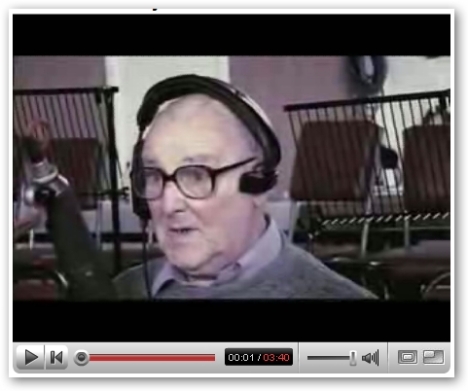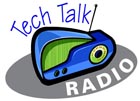Neil Mitchell is a popular and well-respected radio host on Melbourne’s 3AW morning programme.
Usually I enjoy his light-hearted banter as I’m driving around town, but yesterday he had a bee in his bonnet about automated telephone answering systems, and specifically the need to press hash when you’ve finished recording a voicemail message.
You know the type of system I mean: “Please leave your message at the tone. When you are finished, simply hang up, or press the hash key for more options.”
Unforunately I wasn’t in a position to call his talkback number, or I would have talked back, in an effort to set the record straight.
He couldn’t understand why anyone would press hash when they’ve finished recording, instead of just hanging up.
Then he got worked up about whether or not that telephone key below the number “9” is called a hash or a cross-hatch.
Well Neil, there’s a simple technical reason, and a more complex technical reason. The hash key (which looks like this: # ) has been used by developers of Interactive Voice Response systems for years, as a non-numeric input tone, signifying the end of a numeric input.
If an IVR needs to know that a caller has finished entering a number of arbitrary length, (for example, a callback telephone number,) then the hash key is ideal because it won’t be confused as part of the numeric input.
The same goes for the star key – although this is traditionally used to cancel a selection or move back a menu level.
It follows that the hash key is also used to indicate that a caller has finished recording, and wants an additional menu for more options. For example, the caller might want to review the message that they’ve just recorded, or change their callback number.
Yes Neil, you can just hang up. Go ahead, don’t press the hash key. No-one will care and the world won’t come to an end. HOWEVER this does lead me to the second, more technical reason as to why callers are prompted to press a key prior to hanging up.
Back in the bad old days of analogue telephone systems, crossbars and Central Office Tumbleweeds, IVR systems had no way of knowing if a caller was still on the line. The poor IVR had a complex series of tables which told it how many times to repeat a prompt, what to say if there was no DTMF response, how long to wait before repeating prompts, the “noise versus silence” ratio of a busy tone, and so on and so forth. The IVR had to scrutinize these tables for the duration of each call before it could assume that a caller was no longer there.
This was (and still is) extremely unscientific, and largely guess-work on the part of the IVR. It also locked-up IVR ports for ages-on-end and caused unneccessary congestion.
In an effort to avoid this condition, it was considered good practice for IVR developers to elicit a response from a caller, even if a caller was about to hang up. (For example, “To quit, press the star key.”) This signalled to the IVR that it could take the initiative and disconnect the call, that the caller had finally had enough and immediately reset the port for the next incoming victim caller.
Now in the 21st century digital revolution, we don’t have this problem any more (… *cough / ahem* …) so prompting people to press a key before logging off isn’t necessary on digital systems.
It’s a legacy programming technique which will be around for a long time to come.
For Neil Mitchell however, it was a very emotional issue and occupied a significant proportion of his talkback programme. A number of listeners added to the confusion by ringing-in and emailing all-manner of weird and wonderful suggestions as to why callers were prompted to press hash. Or is that cross-hatch?
Uncertainty, upset and confusion. I guess IVR systems can have that effect on people.
Filed under: Dr. Ron, Rumour and Speculation | Leave a comment »





